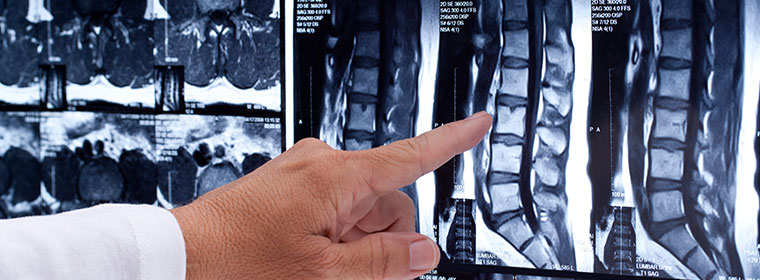Cauda Equina Syndrome

What Is Cauda Equina Syndrome?
The spinal cord is the organ pathway that transmits electrical signals from the brain to the body and from the body to the brain. Of course it is much more complex than that, in that it modifies, inhibits and amplifies these signals along the way.
The spinal cord connects to nerve roots that innervate or supply different parts of the body. The lower end of the spinal cord, within the bony spinal canal, is usually around the L1 level. There are 5 lumbar levels and 5 sacral levels. When the spinal cord terminates at L1, an area of the spinal cord called the conus medullaris, there are 20 nerve roots that come off of the conus and travel down to supply function and sensation to the legs, the bowel and the bladder. These nerves are called the cauda equina or “horse’s tail”.
The cauda equina are not part of the spinal cord, but are nerve roots, the most distal or outlying nerve organ to the body.
When there is injury or compression to these nerve roots, a condition called cauda equina syndrome (CES) develops. There is complete CES and there is incomplete CES. In the complete form, there is incontinence of the bowel and bladder and weakness in the legs. On the sensory side, there is numbness in the saddle area between the legs, genitals and anus.
Cauda equina syndrome and medical negligence
Cauda equina syndrome cases are common in the medical negligence world because it is a condition that needs to be diagnosed and treated in a timely fashion to avoid permanent nerve damage and its associated morbidity. In other words, as a general rule, the sooner the cause of the cauda equina nerve root compression is relieved, the better the result will be.
Medical negligence claims result when the physician fails to include cauda equina syndrome in the differential diagnosis such that the compression of the nerves is not identified soon enough to make a difference in the outcome. A differential diagnosis list is the list created by a doctor when he considers all of the possible causes of a problem. The most dangerous of these potential reasons needs to be eliminated or confirmed as the first order of diagnostic procedure.

